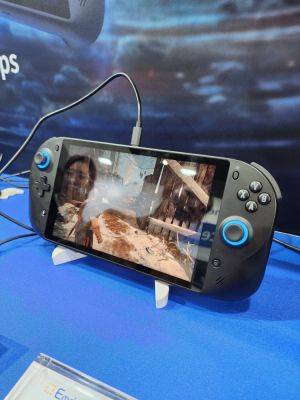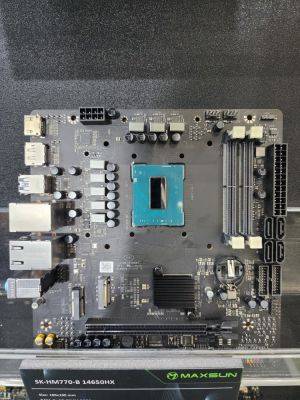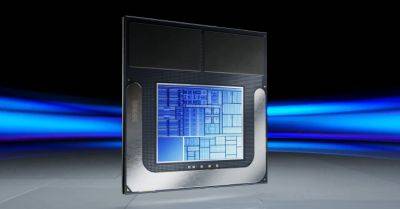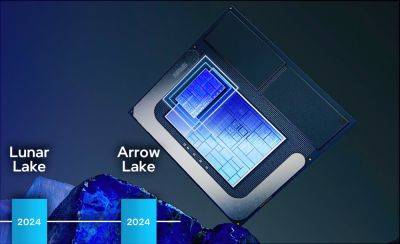Intel talks shop about next-gen Lunar Lake processors: 'We will win in performance, we will win in graphics, we will win in AI'
Intel has unveiled more details about its upcoming mobile CPU generation, codename Lunar Lake. To launch under the same Core Ultra umbrella as previous Meteor Lake chips, Intel has promised a few big tweaks to improve graphics, efficiency and, of course, AI.
Before we talk AI—which really is inescapable right now—let's get to the fundamentals of Lunar Lake.
This is a low-power mobile system-on-chip and one that's primarily going to find its way into thin and light laptops. That should happen around Q3 this year—Intel says it's on track to get the chips out the door on time.
Lunar Lake is a hybrid design with both P-cores and E-cores, four of each, for an eight-core total. And it's this CPU component that will see the largest shake-up between generations.
The new P-cores are built with the Lion Cove architecture, which Intel's Robert Hallock, technical marketing chief, says are wider, with higher IPC, though lower frequency than the Redwood Cove cores of Meteor Lake. These share up to 12MB of L3 cache and have Hyper-Threading disabled. That's one massive change with Lunar Lake. The E-cores supposedly are good enough to no longer require doubling the available threads on the P-cores.
The new E-cores are built with the Skymont architecture. These are more efficient than previous cores, and importantly they're all located within one die on the chip, all within the Compute Tile. While no longer in a separate tile for low-power, these cores are still classified as living within a 'Low Power Island' complex, i.e. they are still able to function without ramping up the entire P-core compute complex.
«We are significantly ahead [of Meteor Lake] not only because we went from two cores to four in a Low Power Island context, but because these cores are so much faster than the previous generation,» Hallock says.
Keep up to date with the most important stories and the best deals, as picked by the PC Gamer team.
Intel has divided up its latest CPU very differently to the previous







